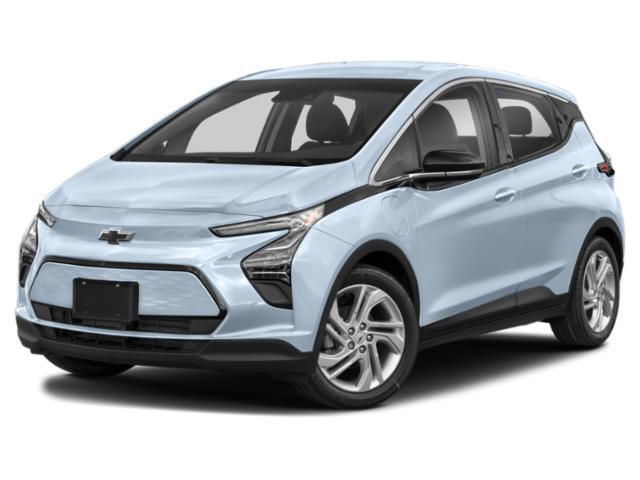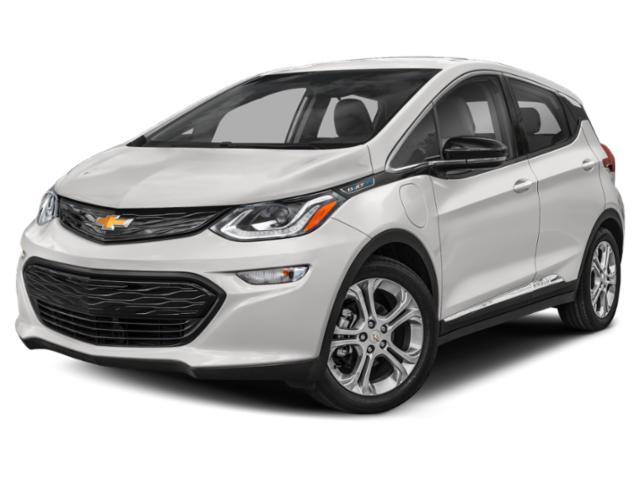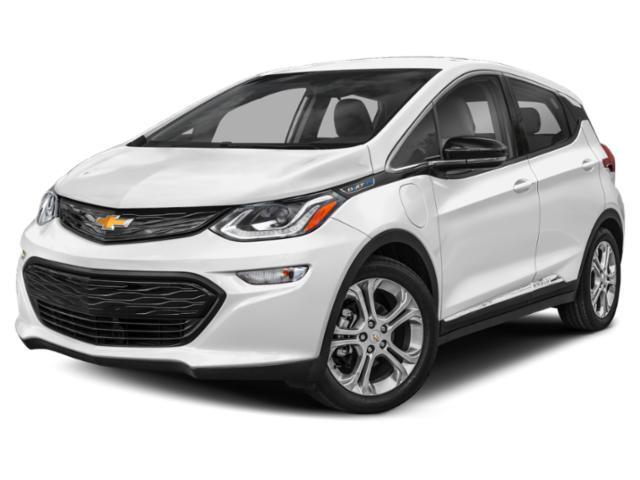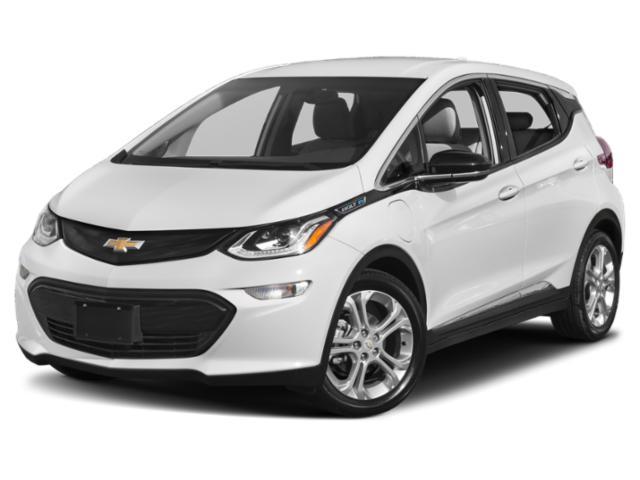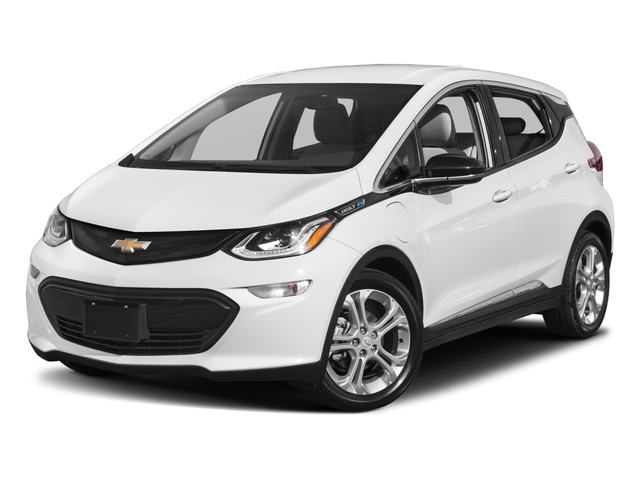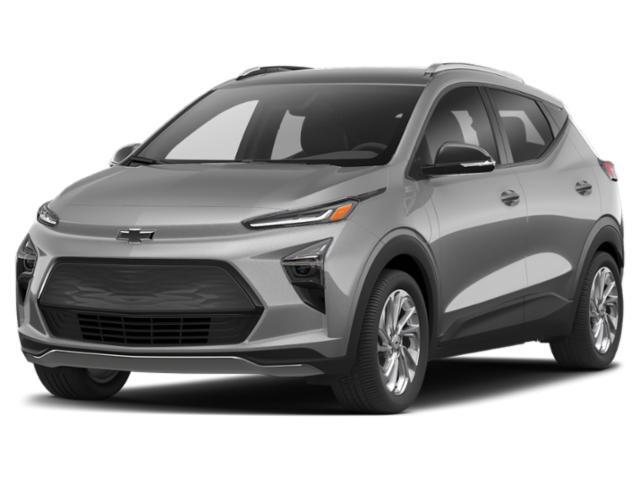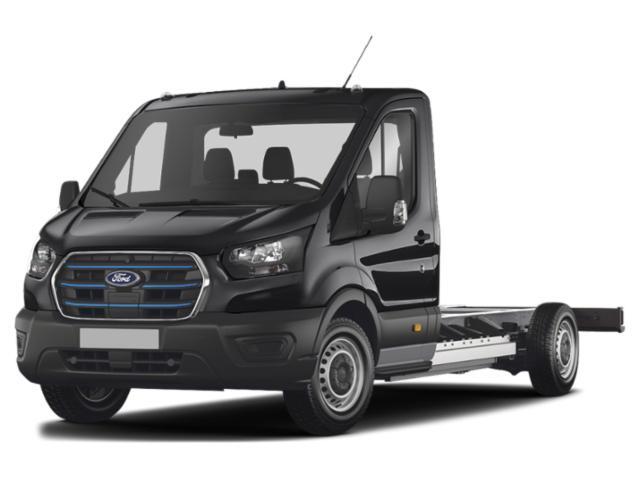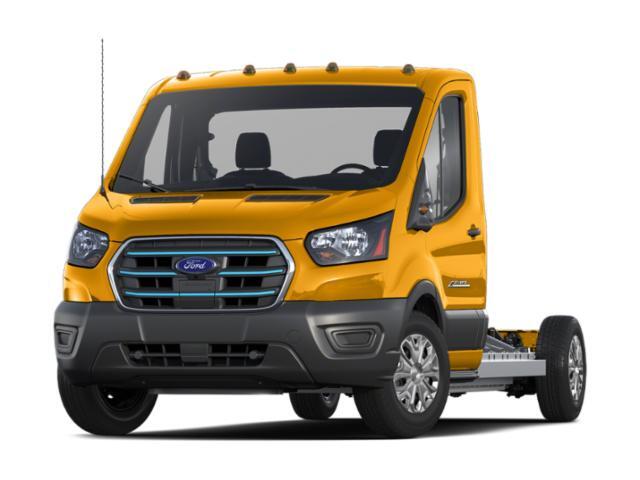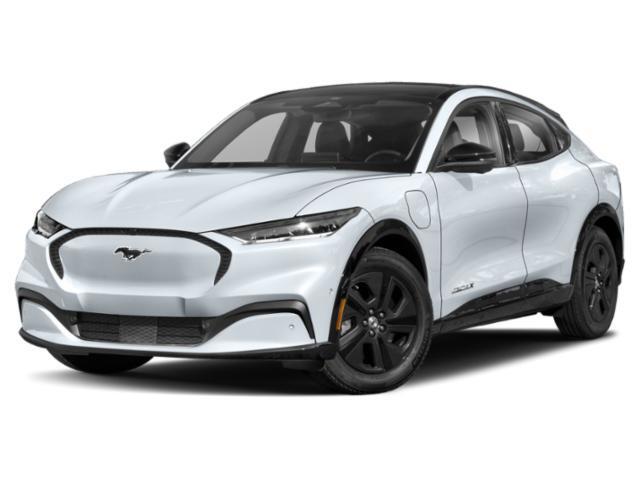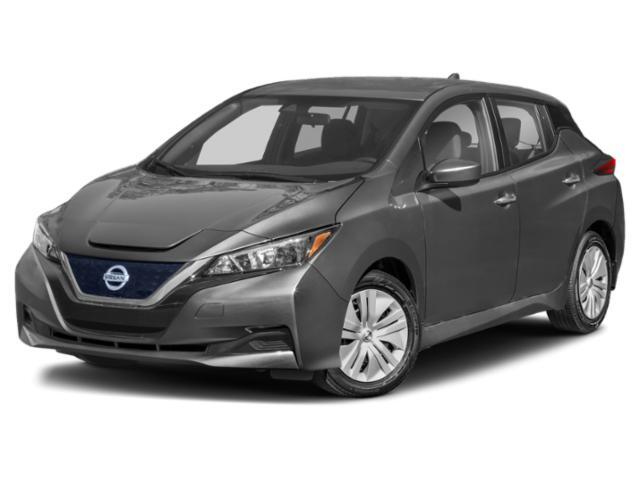
2022 Chevrolet Bolt EV

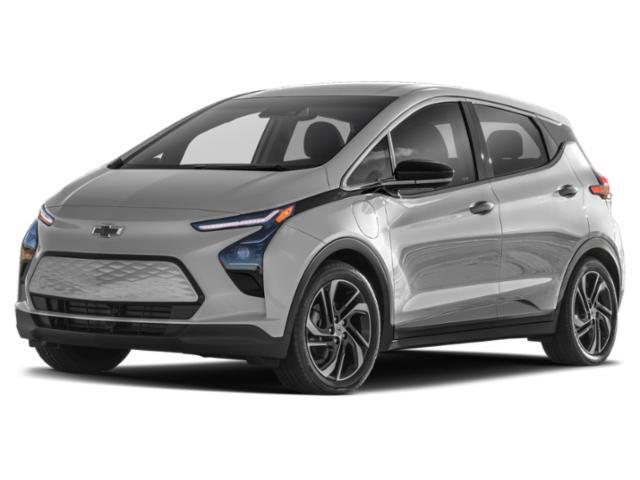
Key Specifications for 2022 Chevrolet Bolt EV






Buyer’s Guide
History/Overview
The Bolt EV is both the backbone of Chevrolet’s electric vehicle strategy and its sole compact car model, filling the gap between the subcompact Spark and mid-size Malibu. For 2022, the Bolt EV is all-new and enters its second generation.
What’s New/Key Changes From Last Year
Redesigned model.
Available Trims
Chevrolet offers the Bolt EV in a single LT trim level. Its electric motor and battery pack power the front wheels with 200 hp and 266 lb-ft of torque.
Standard Features
The Bolt EV comes dressed in 17-inch aluminum wheels, auto on/off LED headlights, LED taillights and daytime running lights, heated side mirrors, and passive keyless entry.
Inside, you get a power driver’s seat with lumbar, a six-speaker stereo, automatic climate control, a heated leather-trimmed steering wheel, a 10.2-inch infotainment display, cruise control, heated front seats, an auto-dimming rearview mirror, and wireless Apple CarPlay/Android Auto smartphone integration.
Among the Bolt EV’s standard safety features are forward collision warning with pedestrian detection and automatic braking, a following distance indicator, lane change alert, lane departure warning, lane keeping assist, rear cross traffic alert, and tire pressure monitoring.
Fuel Economy
Chevrolet’s energy consumption ratings for the Bolt EV are 1.8/2.2 Le/100 km (city/highway); estimated driving range on a full charge is 417 km.
Competition
The Bolt EV’s direct competition comes from the Kia Soul EV, Hyundai Ioniq Electric, Nissan Leaf and, soon, the Hyundai Ioniq 5. If you’re not fixated on the Bolt’s electric drivetrain, then you might cross-shop it against the Toyota Prius, Hyundai Ioniq Hybrid, or the few compact hatchbacks left with conventional gasoline propulsion.
Photos

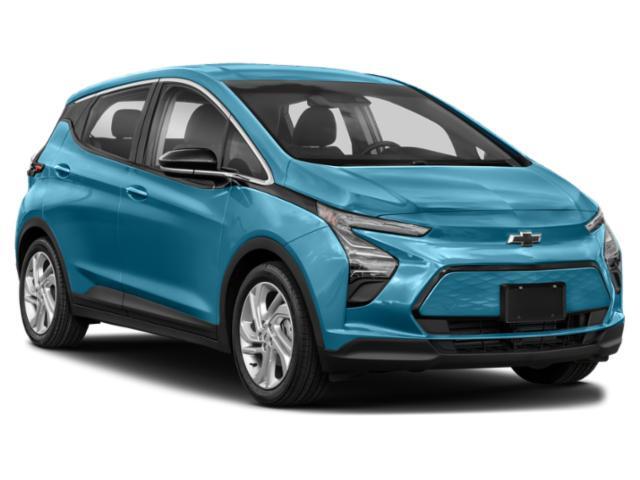

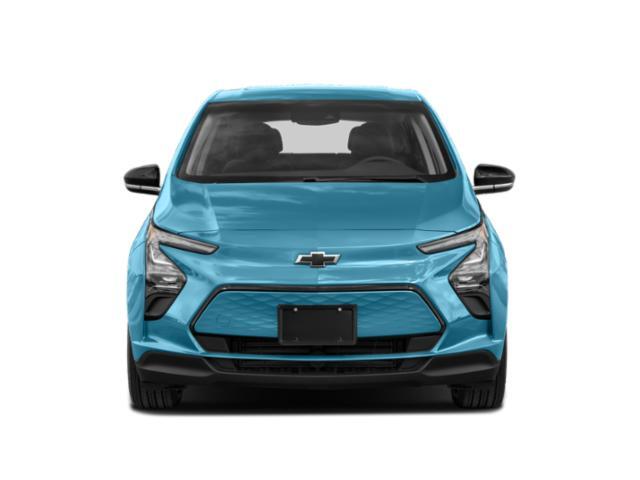
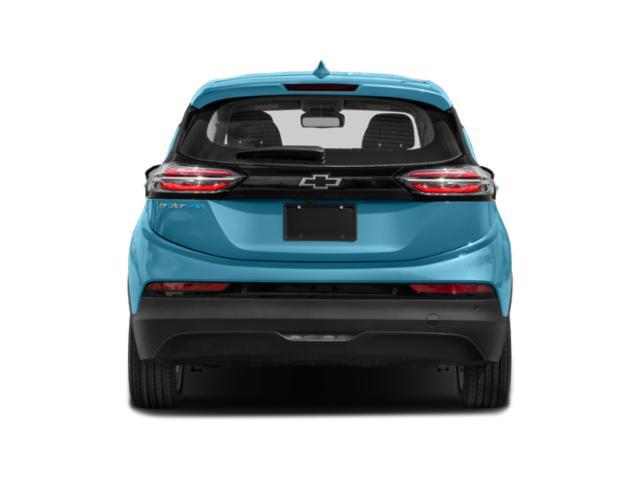
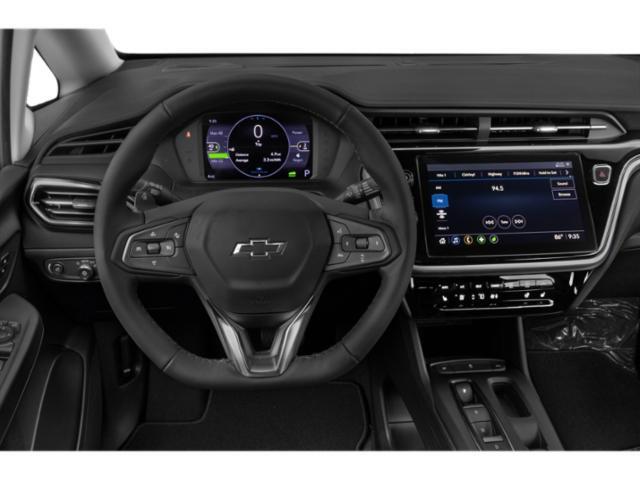
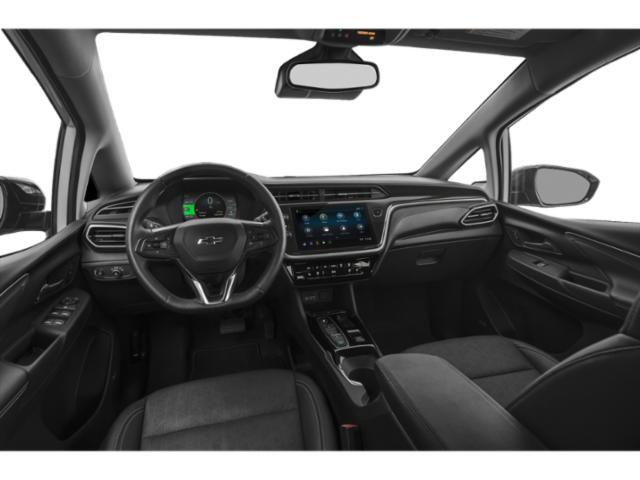

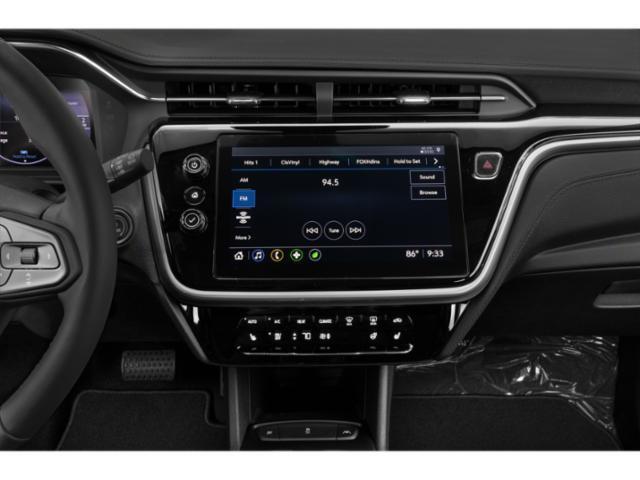



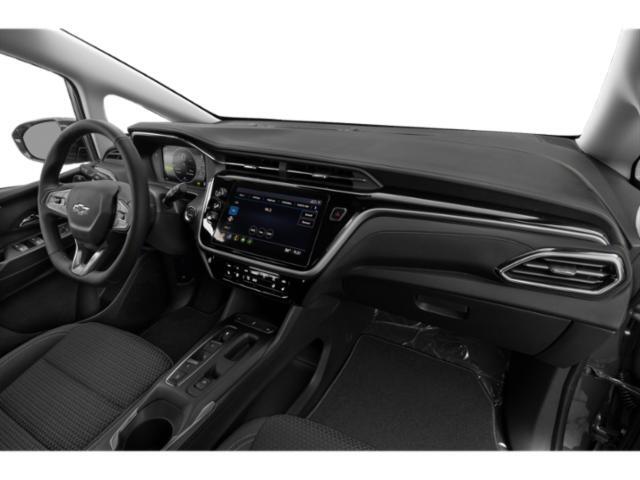













AutoTrader Review














